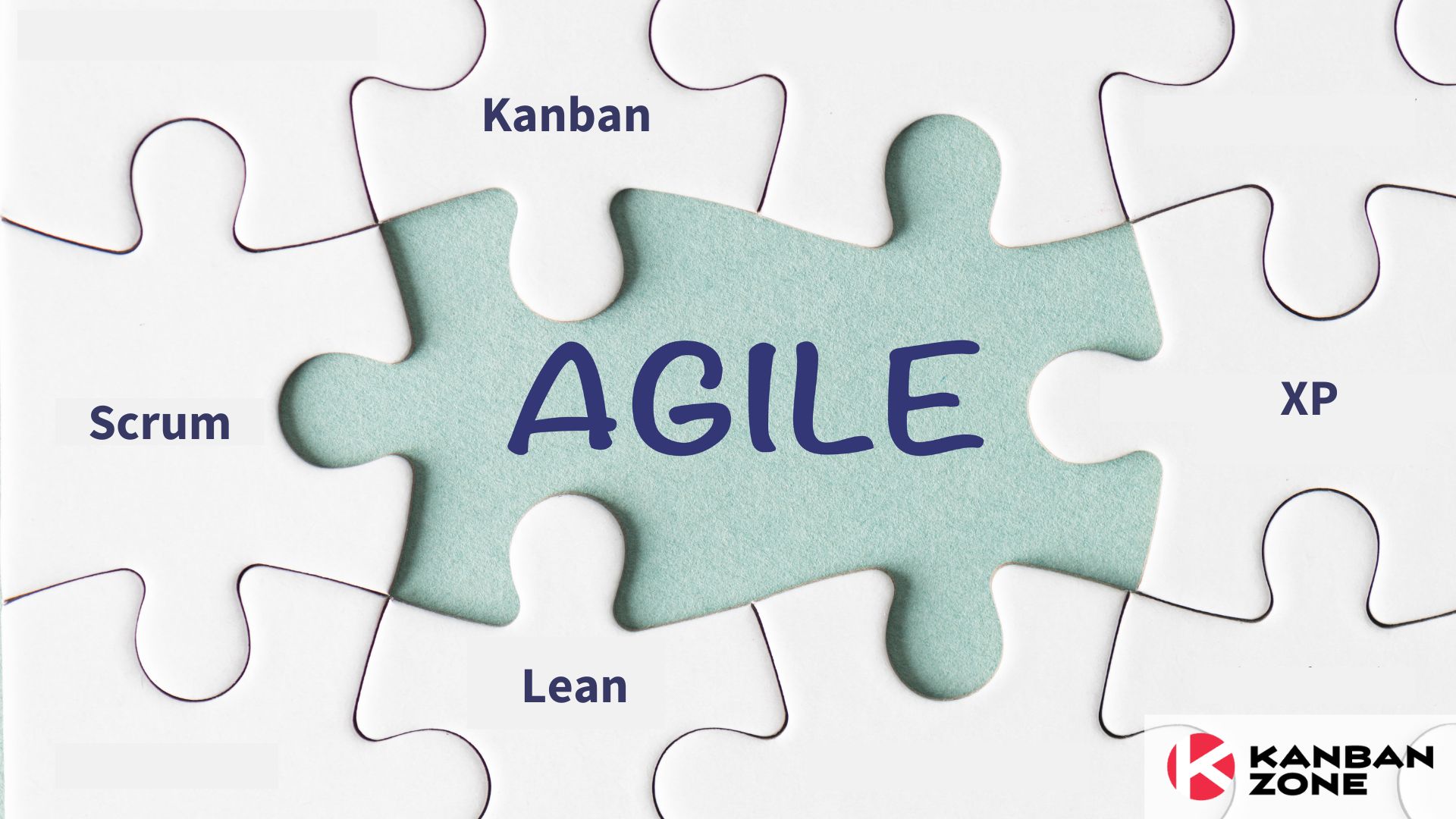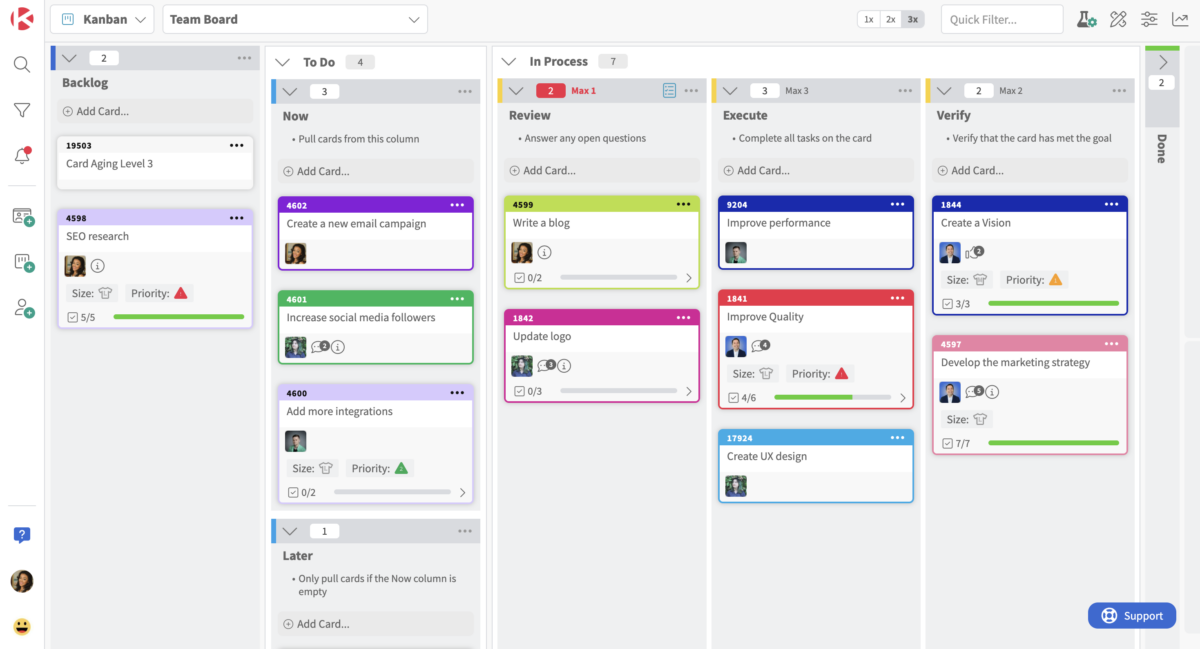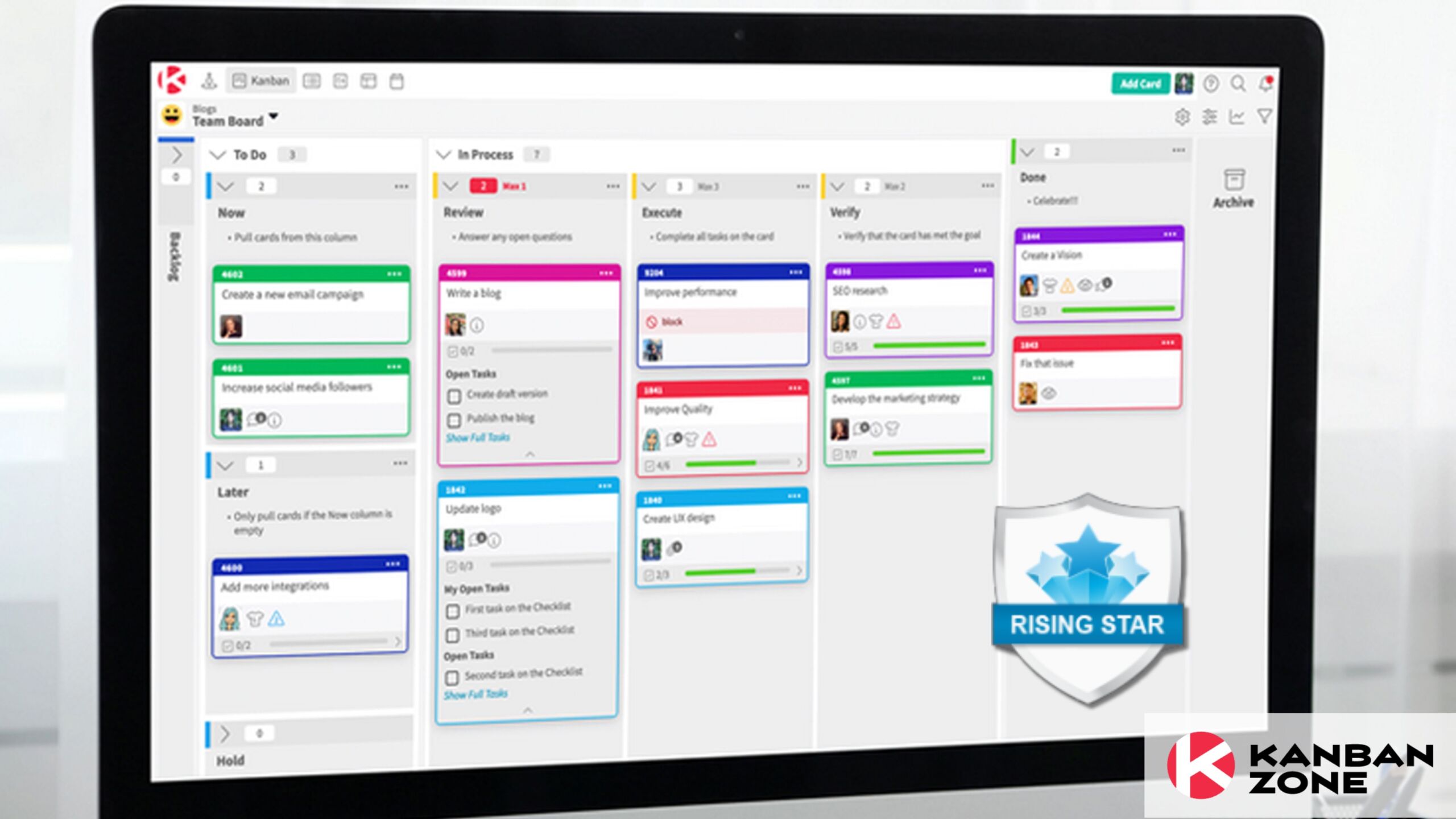
What’s the best way to implement Agile? With so many frameworks to choose from, it’s like trying to find your way in a foreign city. Scrum, Kanban, Lean, and Extreme Programming (XP) all have their advantages, but which one is best? Let’s explore their unique approaches and benefits.
Key Takeaways:
- Scrum provides a structured approach, ideal for teams with clear goals and steady project scope.
- Kanban offers flexibility and continuous delivery, making it perfect for dynamic environments.
- Lean focuses on efficiency, helping teams eliminate waste and streamline processes.
- XP ensures high-quality code with practices like pair programming and test-driven development.
Understanding Agile Frameworks
Agile is more than just a methodology—it’s a mindset. It emphasizes flexibility, collaboration, and delivering value to the customer. Breaking projects into bite-sized pieces, Agile methodologies empower teams. These frameworks prioritize constant feedback and evolution. By tackling work in manageable increments, teams stay nimble. Continuous improvement becomes the norm, driving projects forward with efficiency and adaptability.
Agile frameworks share a common objective, yet their methods for achieving it diverge. Each approach has its own way of reaching the goal of adaptable, efficient software development. In this article, we’ll focus on four prominent Agile frameworks: Scrum, Kanban, Lean, and XP. Project management takes varied forms. Structured cycles, continuous delivery, and efficiency optimization each offer unique advantages. Frameworks differ in their methods, but all aim to guide teams toward successful outcomes. Choosing wisely can streamline workflows and boost productivity.
Scrum: Structure and Sprints
Scrum is the go-to Agile framework for teams seeking structure and regular deliverables. It’s built around short, focused work periods called sprints, typically lasting two to four weeks. During each sprint, the team commits to completing a set of tasks pulled from a prioritized backlog. Daily standup meetings help maintain transparency and keep the team aligned on progress.
One of Scrum’s greatest strengths is its clarity in roles. The framework leverages Scrum Master, Product Owner, and Development Team, ensuring that everyone knows their responsibilities. These roles work together to ensure a clear focus and effective sprint planning.
Additionally, Scrum promotes iterative development. By delivering a potentially shippable product at the end of each sprint, teams can ensure rapid feedback from stakeholders. This keeps the product aligned with customer needs, even as those needs evolve throughout the project.
However, Scrum’s structure can feel rigid in dynamic environments where priorities frequently shift. It’s well-suited for projects that have a clear scope but may struggle when dealing with unpredictable workloads or frequent changes in direction. For example, in startups or fast-moving industries, teams may find it difficult to adhere to the strict sprint schedule, which can delay necessary adjustments.
Kanban: Continuous Flow
Kanban provides a highly visual approach to project management by mapping out work items on a Kanban board. Tasks are represented as cards that move through different stages such as “To Do,” “In Progress,” and “Done.” What sets Kanban apart from Scrum is its lack of time-boxed sprints. Instead, it focuses on continuous delivery, allowing teams to move tasks through the workflow as they’re completed.
A key aspect of Kanban is the use of Work In Progress (WIP) limits. WIP limits ensure that teams aren’t overloaded, encouraging them to focus on completing a small number of tasks before taking on new ones. This promotes a smoother flow of work, making it easier to identify bottlenecks in the process. Kanban’s visual nature also provides instant insight into where each task stands, which is particularly helpful in environments with shifting priorities.

Maintain visibility of all your tasks with a Kanban board. Find out how Kanban Zone can help your team stay productive.
For example, Kanban shines in support and maintenance teams (among many others). Why? It allows seamless task reprioritization. How? By not disrupting ongoing work. When? As needs change. Result? Ideal workflow management. Swift adaptation fuels uninterrupted productivity. Tasks flow effortlessly as teams respond to emerging issues in real time. The board is now a dynamic arena, free from sprint cycles. It shifts priorities instantly to align work with current needs.
Unlike Scrum, Kanban doesn’t require predefined roles or daily meetings. This flexibility comes at a cost: potential deadline ambiguity. Without rigid schedules, teams must excel at time and workload management. Self-disciplined groups thrive, while those craving structure may falter. The framework’s success hinges on effective team autonomy and organizational skills.
Lean: Efficiency Above All
Originally developed in manufacturing, Lean focuses on maximizing value by eliminating waste. Waste lurks in every excess: needless forms, redundant processes, frivolous add-ons. Customer value reigns supreme. Lean principles strip away distractions, focusing solely on efficiency and satisfaction. This streamlined approach elevates what truly matters.
Lean principles include reducing lead times, improving the quality of outputs, and continuously evaluating processes. The idea is to deliver the highest value in the shortest possible time by stripping away anything unnecessary. In a software development context, this means focusing only on features that deliver clear value to the end-user, cutting down on overly complex solutions that add little benefit.
When applying this Agile framework, constant reflection is key. Teams are encouraged to regularly review their processes and look for inefficiencies. This means that retrospectives and continuous improvement are deeply embedded into Lean practices, making it a highly effective framework for teams that want to streamline their work and avoid burnout.

Lean is particularly well-suited for larger enterprises or organizations that prioritize efficiency and continuous improvement. For example, in the automotive industry where Lean principles originated, companies like Toyota have used Lean to optimize their production lines and minimize waste. Similarly, software companies can apply Lean principles to their development processes to ensure efficient workflows and timely delivery.
This Agile framework can easily be combined with other Agile methodologies like Scrum or Kanban to improve efficiency. However, Lean’s constant evaluation of processes can sometimes feel time-consuming, and it may not provide the structural guidance larger teams need.
XP (Extreme Programming): Code Quality Comes First
Extreme Programming (XP) is tailor-made for software development teams that prioritize high-quality code and frequent releases. This Agile framework introduces practices such as pair programming, where two developers collaborate on the same codebase to improve the quality and reduce defects. Additionally, XP encourages Test-Driven Development (TDD), where tests are written before the code to catch issues early.
XP stands out from other Agile frameworks due to its focus on technical practices. Through regular integration of minor code changes, it promotes frequent software releases. XP lowers the risk of large failures. So, it encourages teams to keep a stable, improving codebase. Continuous Integration (CI) is another key practice in XP, where code is integrated into a shared repository frequently, allowing teams to detect and fix issues early.
XP also emphasizes a high level of communication and collaboration. In addition to pair programming, XP advocates for practices like collective code ownership and frequent code reviews. This ensures that the entire team is familiar with the codebase, reducing knowledge silos and improving overall code quality.
While XP is highly beneficial for teams with strong software engineering expertise, it can be overkill for less technical teams or environments where coding quality is not the primary focus. In non-technical organizations or teams that are more product-focused, the additional overhead of pair programming and TDD may not be worth the effort.
When to Use Each Framework
Choosing the right Agile framework depends on the needs of your team and project. If you need structure and predictable timelines, Scrum’s sprint-based approach may be the best fit. On the other hand, if flexibility is more important, Kanban’s continuous flow allows for rapid adjustments and ongoing work management. Lean is invaluable for improving efficiency by eliminating waste, while XP is the ideal choice for development teams focusing on code quality and frequent releases.
To aid in your decision-making, here’s a side-by-side comparison of the frameworks’ key features.
| Framework | Core Focus | Team Structure | Workflow | Best Suited for | Challenges |
|---|---|---|---|---|---|
| Scrum | Iterative development, time-boxed sprints | Defined roles: Scrum Master, Product Owner, Development Team | Sprint-based (2-4 weeks) | Teams with clear goals and stable project scope | Can feel rigid in dynamic environments |
| Kanban | Continuous delivery, visual management | No predefined roles | Continuous flow | Teams needing flexibility, support teams | Risk of undefined deadlines without control |
| Lean | Efficiency, waste elimination | Varies (often flexible) | Continuous improvement | Large enterprises focused on eliminating inefficiencies | Requires continuous evaluation of processes |
| XP (Extreme Programming) | Code quality, frequent releases | Technical roles: Developers, Testers | Continuous releases, TDD, pair programming | Software teams prioritizing quality and frequent updates | Overhead for non-technical environments |
Indeed, each of these Agile frameworks offers something unique:
- Scrum gives structure with defined roles and time-boxed sprints.
- Kanban provides flexibility and continuous delivery.
- Lean eliminates waste for maximum efficiency.
- XP prioritizes code quality and technical excellence.
Ultimately, the right framework or combination of Agile frameworks can enhance your team’s adaptability and effectiveness in achieving project goals.
Integrating Agile Frameworks for Maximum Impact
In practice, many teams blend aspects of multiple Agile frameworks to create a hybrid approach that best fits their needs. For example, some teams incorporate Kanban’s WIP limits into Scrum’s sprint structure or use Lean principles to streamline their processes alongside Scrum or XP.
Teams can adapt their process to meet changing project demands. Flexibility defines their approach. Groups evolve, weaving diverse methods into a tailored agile tapestry. No single system constrains them. As projects grow more complex, teams adapt their workflows. This flexible approach enhances efficiency, allowing seamless adjustments to match organizational expansion. By fine-tuning processes, groups can navigate challenges. This ensures peak performance at every stage of development.
Finding Your Agile Sweet Spot
Agile frameworks like Scrum, Kanban, Lean, and XP each offer unique ways to manage projects, but there’s no one-size-fits-all solution. Your choice of framework should reflect your team’s specific needs, whether that’s structure, flexibility, efficiency, or code quality. Often, the most effective approach involves a mix of these methodologies, adapting them to fit your project’s requirements.
As Agile practices continue to evolve, many companies find that combining the strengths of different frameworks allows them to optimize project management and deliver high-quality results. The key to success lies in understanding your team’s workflow and choosing the right combination of Agile practices.
No matter which framework you choose, Kanban Zone is perfectly equipped with the right features for applying it. It comes with many ready-to-use templates for any context, which you can leverage in seconds. See for yourself. Try Kanban Zone for free today!
Remember, there’s no one-size-fits-all solution in Agile. The best approach is to experiment, adapt, and find the combination of Agile frameworks that empowers your team to deliver exceptional outcomes while maintaining flexibility and efficiency.
This was a guest blog. Please review our guest blog disclaimer.
Learn to Work Smarter, Not Harder!
Get our top articles weekly.
Table Of Contents
Discover many more posts…







